Polonnaruwa
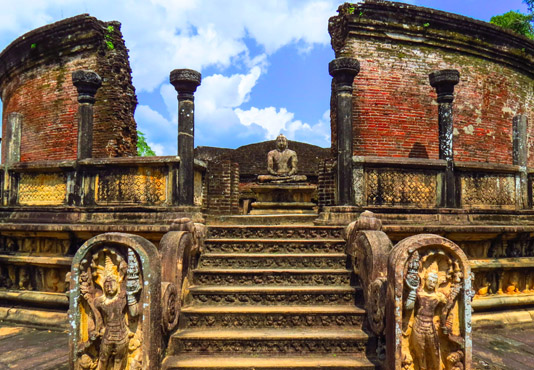
Sri Lanka’s royal medieval capital for nearly a century from 1073, Polonnaruwa had been a military base for invading Chola tribes, from southern India, until they were overthrown by the Sinhalese king, Vijayabahu I in 1070. The next king, Parakramabahu I, was the main driving force behind the development of Polonnuruwa. It remained Sri Lanka’s capital until the late 13C, but became increasingly susceptible to Chola invasions and it became lost to the jungle once more as the capital drifted south-west. Today, the ancient city’s ruins remain in remarkably good nick, and are a fascinating site to visit.
You May Also Like
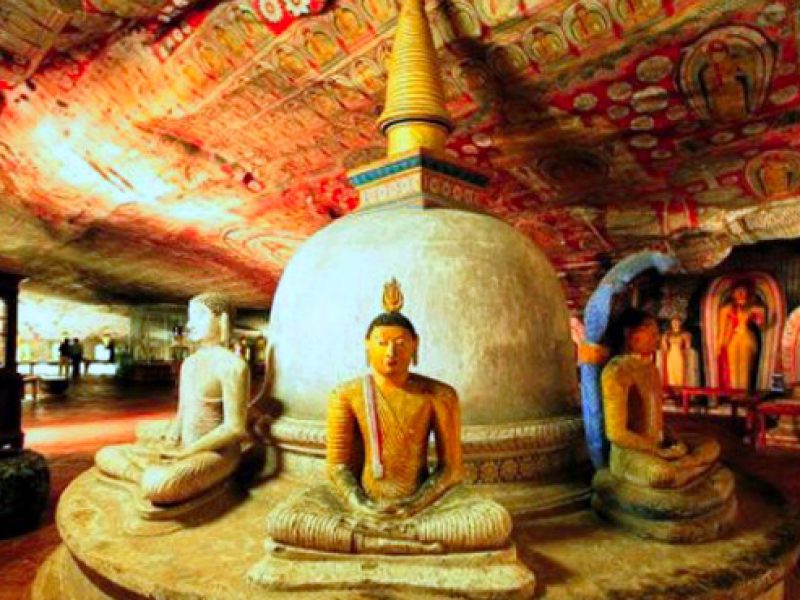
Dambulla Cave Temple
The caves at first came into use as a refuge for King Valagambahu in 1st century BC. Concealed by the local monks, upon returning from exile to his throne at Anuradhapura, he had the magnificent cave temple built for them. The cave temple consists of a complex of Buddhist image houses. Its rock ceiling is […]
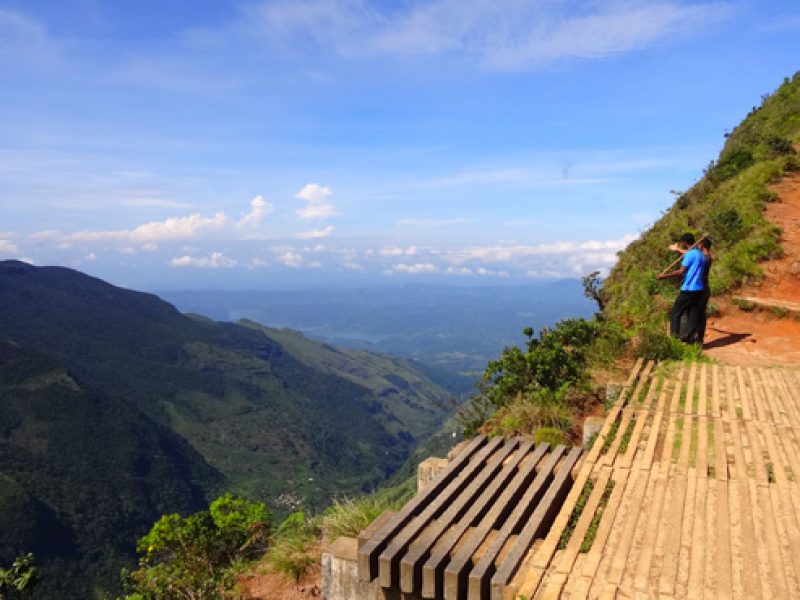
Horton Plains
Horton Plains is an undulating 2000m high plateau 28km south of Nuwara Eliya. The grassy plains, which are interspersed with small patches of forest, are home to leopards, sambur, deer, bear, monkeys and a rich array of birds, including some endemic species. The most dramatic feature of the national park is “World’s End” where the […]
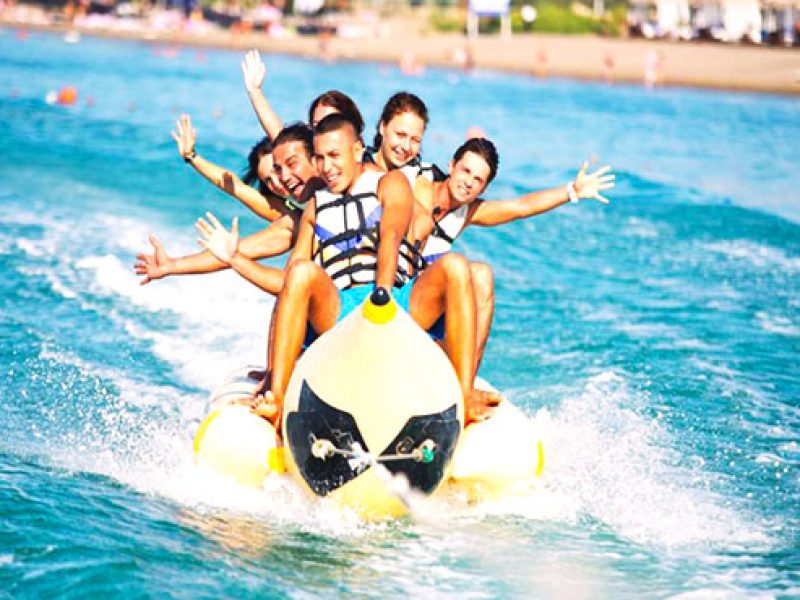
Bentota
water sports in Bentota – Take a short boat trip offshore to dive over the coral reefs, grab a snorkel and mask to paddle your way through tropical fish, or take advantage of the lively breezes on the west coast from December to March to windsurf. If speed is more your thing then there are […]
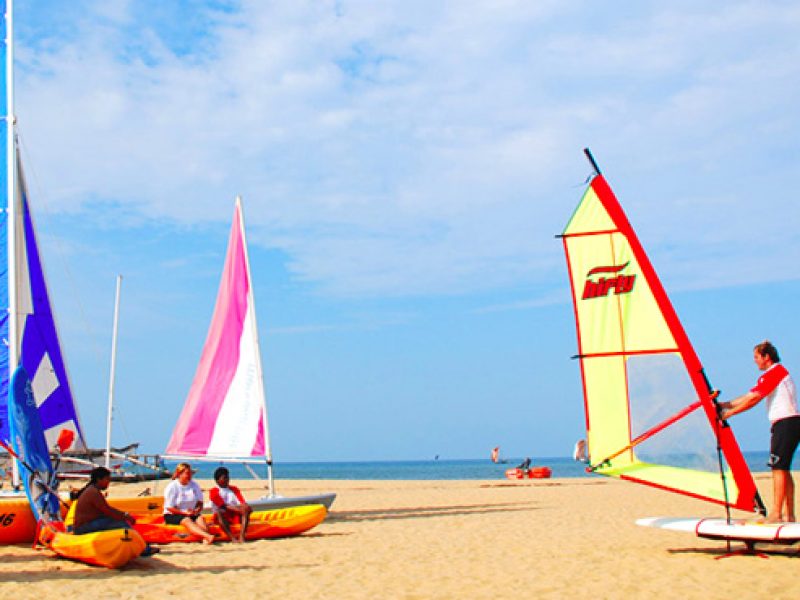
Negombo
Fishing & Water Sports in Negombo – Watersports in Negombo are centred on the lagoon, although they are not as extensive as, say, in Bentota or Mirrissa further south. The watersports centre at The Beach can advise, as well as provide equipment and coaching. Old fishing crafts such as the `oruwa’ or catamaran with its […]